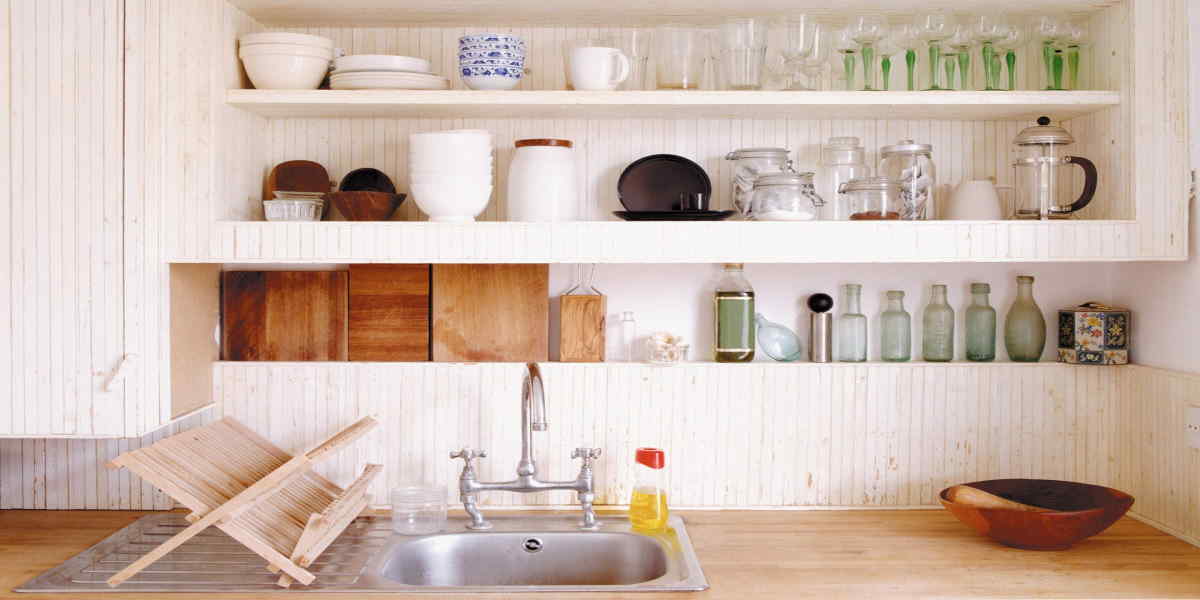When it comes to organising a kitchen, some think it takes nothing more than a few personalised kitchen labels. As helpful as kitchen labels are, they can only help create an organised kitchen if the process is done correctly. Otherwise, simply sticking kitchen labels on items is akin to having a store that has price tags on every item, but everything is randomly located within that store and similar items are at opposite ends of the store.
For kitchen organisation that works, including the use of kitchen labels, you need to follow a plan. Granted, there are a variety of ways to organise a kitchen, and you should choose a way that suits you. However, there are also some generic tips that can help, and if you read further you will discover five awesome kitchen organisation and labelling tips.
Start By Decluttering
One of the first things you should do before even thinking about what labels you need is to take the opportunity to declutter your kitchen and your kitchen pantry in particular. If there are foods that you know will never be eaten even though they are still within their use-by date, get rid of them. You can also take this chance to get rid of old containers, boxes, jars, and other items that are either surplus to requirements or need replacing.
Acquire What You Need Such As Containers And Kitchen Labels
Now that you have gotten rid of what you do not need, it is now time to acquire what you do need. The most obvious of these is going to be the kitchen labels that you will use to identify all your containers and the individual areas of your kitchen pantry. In addition, if you require any new food storage containers such as jars, baskets, and plastic boxes, then make sure you order these too.
Divide Your Kitchen Pantry Into Food Type Zones
There are several ways in which you can plan your kitchen pantry, however, the one which is most commonly used, and which makes the most sense, is to divide your pantry or kitchen food storage by food type. This means allocating space for each food type depending on how much on each food type you usually store. Food types include tinned foods which can be subdivided into soups, vegetables, and fruits. Also, pasta, rice, bottled drinks, sauces, condiments and so on.
In Each Zone Arrange Food Items By Their Use-By Date
This is not essential, but it is worth it as this can prevent you from wasting food and in turn, it can save you money. All it entails is looking at each individual food item you have and then arranging them within their food type area by use-by dates. Those with the least time to that date go to the front and conversely those with the most time go to the back. You can use blank labels to mark containers with foods that are loose such as pasta or rice.
Explain Your Kitchen Organisation To Your Family
Our final tip is one that we promise will keep your stress levels low and possibly prevent family arguments. What you do is gather your family in the kitchen and show and explain to them how your new kitchen organization works. Insist that they place or replace food items correctly and that they keep your kitchen pantry tidy whenever they use it.

